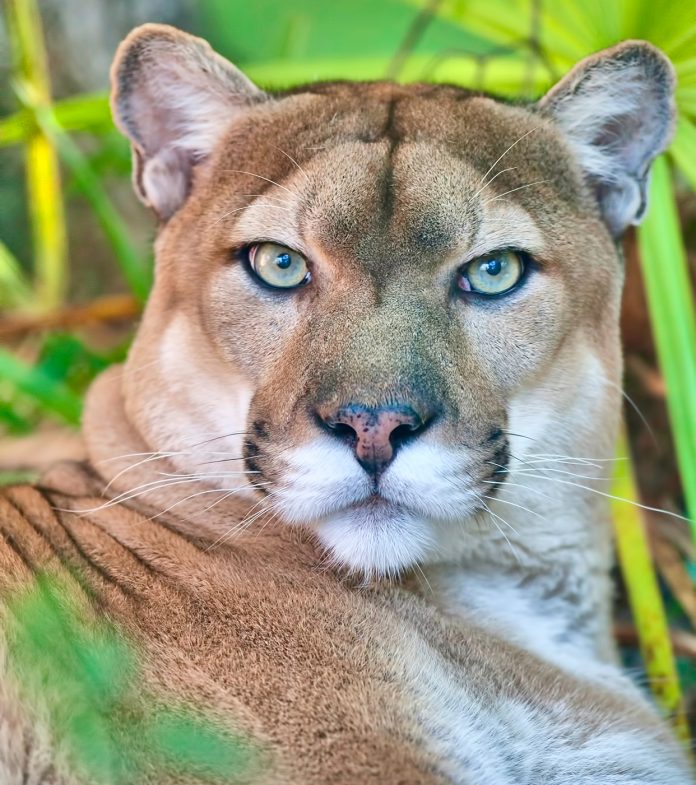
Rat Poisons Pushing Dozens Of Endangered Species Toward Extinction, Including Florida Panthers & California Condors
You can help all animals and our planet by choosing compassion on your plate and in your glass. #GoVeg

You can help all animals and our planet by choosing compassion on your plate and in your glass. #GoVeg